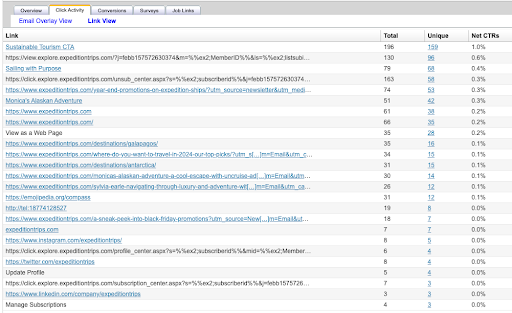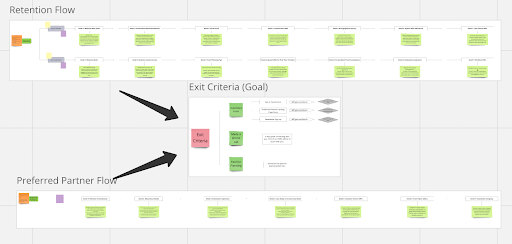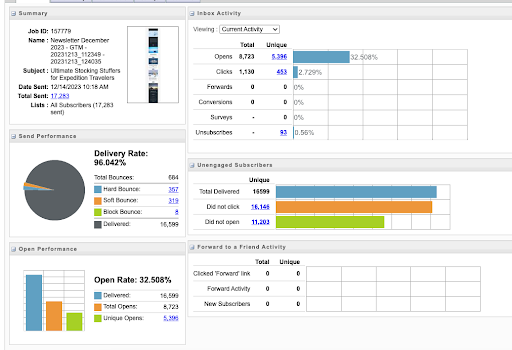
Data Collation

Building Customer Journeys

Ascertaining Data Sources
Problem Overview
Our biggest problem was- the executive who was earlier working on Salesforce Marketing Cloud has moved on from the organization. Moreover, the current workforce had no idea what was built on Marketing Cloud, or what the data intake sources were.
- Scattered Data: There were lists built out with inconsistent nomenclature and lacked mapping of data sources.
- Journey Builder: Journeys were earlier used, but there was no documentation or intent (or audience segmentation) for different journeys.
- Customer Journeys: Until now, the CEO was the main source of revenue, and even then, customer journeys for existing customers was not mapped out. The marketing team had never sat down to build out customer journeys through the funnel.
-
Under-utilization of Marketing Cloud: With a data of over 20K, their Marketing Cloud instance was only being used for sending newsletters every month. No other functionality of SFMC was being utilized.

Our Approach
We divided the entire project into five different phases:
- Audit and Customer Journey Mapping
- Data Sorting, Cleanup and Mobilization
- Building out Journeys on Marketing Cloud
- Reporting and Training
We understood that the entire CRM was being ignored massively, and the only reason that they were still using Marketing Cloud was because it had been convenient to continue using it.
Audit and preparation
The first step was to have multiple conversations with their marketing team and high level executives to understand the different touch points before a lead became a customer. Then, an audit of the data led to multiple discussions on where the data might have been imported into Marketing Cloud.
- Customer Journey: Multiple discussions with the client led us to build out a customer journey for their existing and prospective customers.
- Data Audit. Auditing the data helped us segment it and build out journeys for each customer segment
The Client now finally had a single source of truth to define their customer journey and funnel stages. This would help them optimize each stage of the customer journey for better conversion.
Building Out Journeys on Marketing Cloud
The data audit and customer journey mapping allowed us a better understanding of how the new journeys would look like. We also defined a clear entry and exit criteria to adhere to the GDPR laws and remove unwanted contacts/unsubscribes. We discarded the previous journeys and focused on building the pipeline for engaging existing customers and prospects.
- Customer Journeys for Existing Customers: We built out flows for re-activating and re-engaging existing customers. This helped reduce churn rate, and improve revenue from existing customers. This also helped us in retention.
- Customer Journeys for New Customers: We finally had customer journeys to nurture accounts and deals in the pipeline and convert them into paying customers.
-
Customer Journeys for Preferred Partners: We also started engaging preferred partners to start nurturing them and getting new leads from them, along with building campaigns for rewarding them.

Reporting
We built out reports for visibility into their existing campaigns, leads and contacts. The Client finally had an insight on different data intake sources, the revenue pipeline, leakages and improvement metrics.
This also allowed for mapping out KRAs and KPIs for their marketing and sales team, and a plan for nurturing and closing contacts in the existing pipeline and prospects.

The Impact and Outcomes
A few months into the project, we were able to achieve the following:
40% increase in revenue through improved customer journeys
32% re-engagement rate for existing/churned clients
100% more visibility into their existing data and revenue funnel
- We were able to increase the revenue generated by 40% in the first five months, by building Journeys for customer flow and nurturing contacts.
- We achieved 32% re-engagement and re-activation of past customers, and brought them again into the revenue pipeline.
- We were finally able to give them complete visibility into their data, their CRM, and the metrics which they needed to optimize their revenue pipeline.


